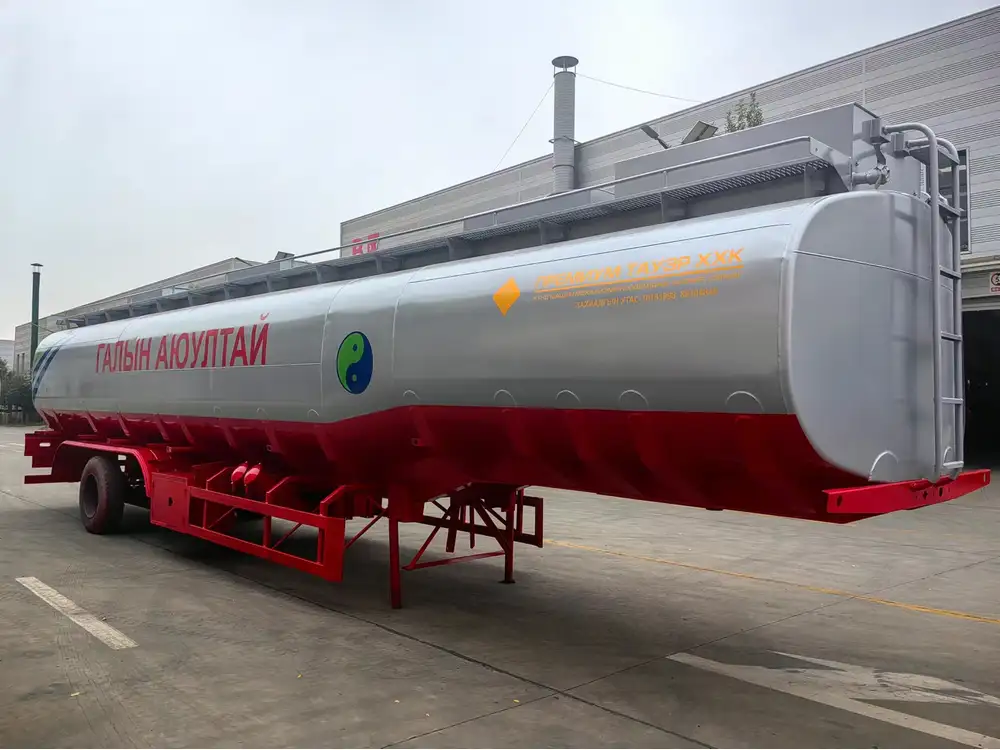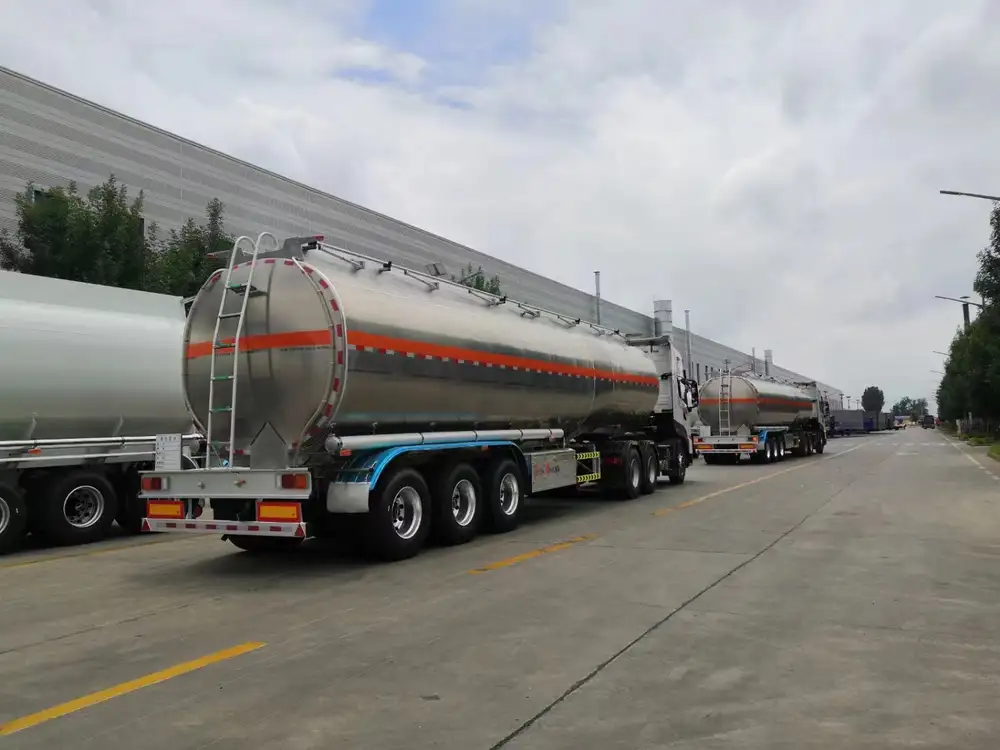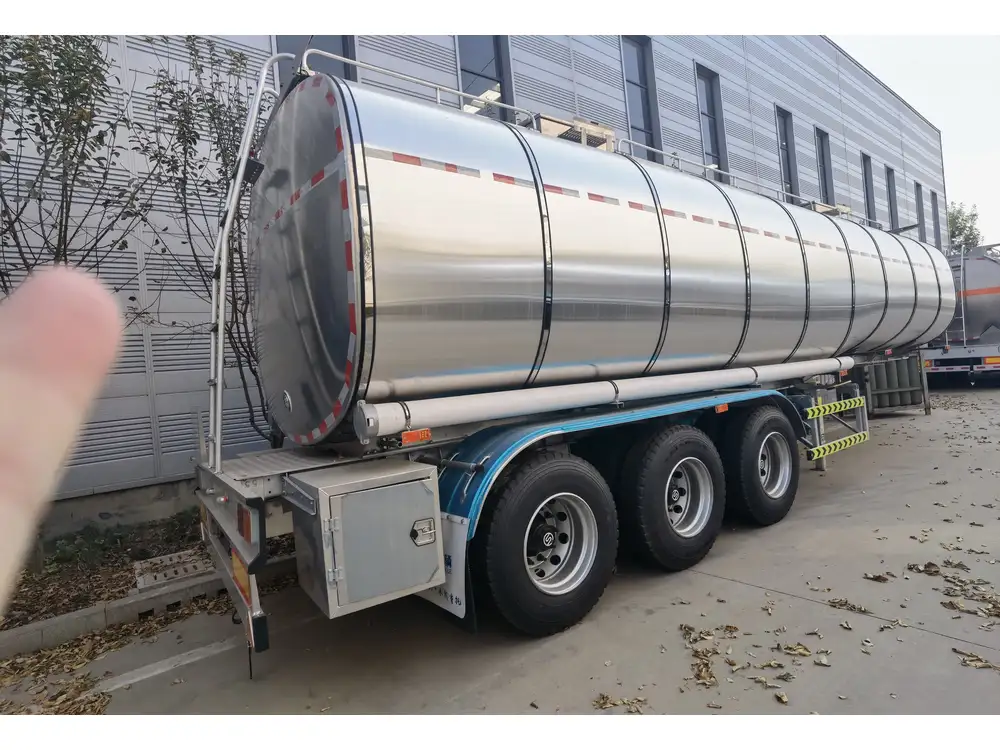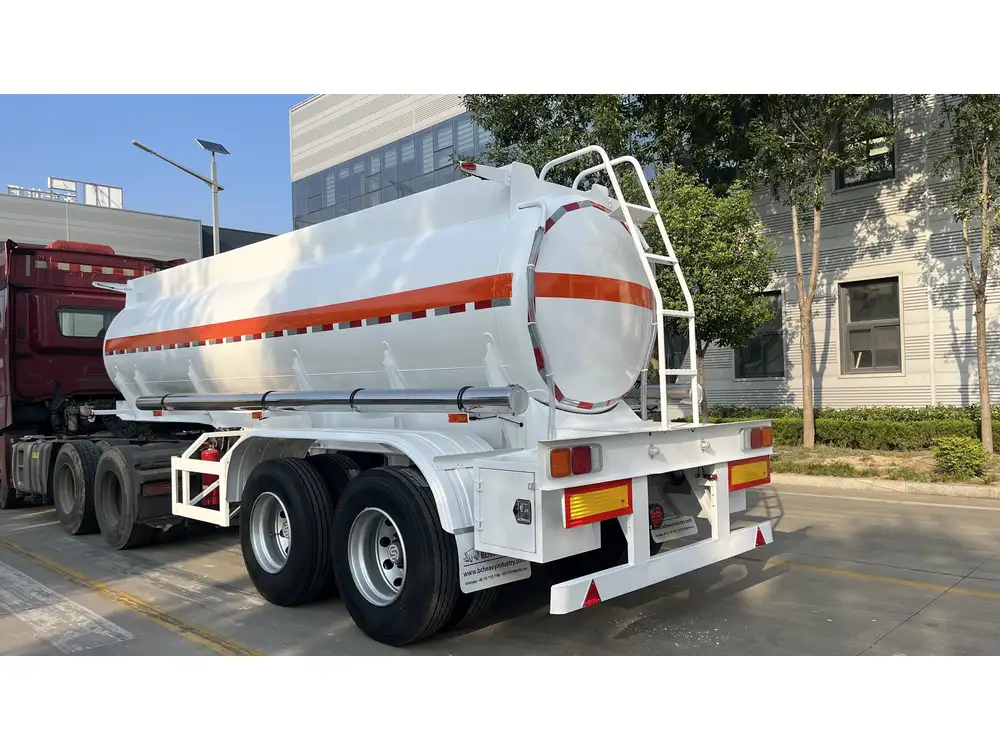Are you in search of a small oil tanker for sale in Zimbabwe? If so, understanding the myriad aspects involved in choosing the right vessel is paramount. From the types of tankers, their features, and the purchasing process, to financing options, CarMax Vehicle is poised to guide you through every intricate detail. In this comprehensive guide, we delve into the essential factors surrounding small oil tankers, elucidating your path to informed and beneficial decision-making.
Understanding Small Oil Tankers
Small oil tankers, generally ranging from 1,000 to 30,000 deadweight tons (DWT), are specialized vessels designed for transporting liquid cargo, particularly petroleum products. Their size affords them increased agility, allowing access to ports that may be too shallow for larger vessels. This flexibility is particularly advantageous in landlocked regions such as Zimbabwe.
Key Advantages of Small Oil Tankers
| Advantage | Description |
|---|---|
| Accessibility | Small oil tankers can navigate shallower waters, allowing access to more ports. |
| Cost-Efficiency | Lower purchase and operational costs compared to larger tankers. |
| Versatility | Capable of transporting various types of liquid cargo. |
| Faster Turnaround | Shorter loading and unloading times optimize operational efficiency. |

Factors to Consider When Buying a Small Oil Tanker in Zimbabwe
Before you finalize your purchase, there are several critical considerations to factor in:
1. Compliance with Regulations
Zimbabwe, like many countries, has specific regulations governing the transportation of oil and hazardous materials. Ensure that any small oil tanker for sale adheres to:
- Zimbabwean Maritime Authority (ZIMMA) regulations
- International Maritime Organization (IMO) standards
- Environmental regulations for pollution prevention
2. Tank Capacity and Dimensions
Determining the appropriate tank capacity is crucial for maximizing efficiency. Small oil tankers can store anywhere from 1,000 to 30,000 barrels. Choose a size that aligns with your operational requirements, taking into account:
- Average shipment sizes
- Frequency of deliveries
- Docking facilities and capacity constraints

3. Tank Material and Design
The materials used in constructing the tanks are vital for ensuring the safe transport of oil. Generally, tankers are made of:
- Mild Steel: Commonly used due to its durability and ease of manufacturing.
- Stainless Steel: Recommended for transporting corrosive materials, albeit at a higher cost.
4. Propulsion System
A tanker’s propulsion system significantly influences fuel efficiency and operational costs. Common types include:
- Diesel Engines: Widely used, known for reliability and fuel efficiency.
- Gas Turbines: Offer high power-to-weight ratios, beneficial for speed but usually come with higher operational costs.
5. Technology and Automation
Modern small oil tankers often integrate advanced technologies for enhanced safety and efficiency:
- Automated Monitoring Systems: Improve safety by monitoring tank levels, pressures, and temperatures.
- GPS Navigation Systems: Enhance route planning, leading to reduced travel time and costs.

The Purchasing Process
Acquiring a small oil tanker for sale in Zimbabwe involves several key steps:
Step 1: Research and Vendor Selection
Begin by conducting thorough research to identify potential vendors, focusing on factors such as:
- Reputation and reliability
- After-sales support and warranty offers
- Customer testimonials and case studies
Step 2: Evaluating Tank Condition
Inspect the tank condition either personally or through a hired marine surveyor. Key aspects to evaluate include:
- Hull integrity
- Tank lining
- Machinery and equipment functionality

Step 3: Pricing and Financing Options
Negotiation plays a critical role in securing a competitive price. Be proactive in exploring financing options, including:
- Traditional bank loans
- Equipment financing
- Leasing agreements
Pricing Table Example: Small Oil Tankers
| Size (DWT) | Price Range (USD) | Typical Use Case |
|---|---|---|
| 1,000 – 5,000 | $150,000 – $500,000 | Local distribution |
| 5,000 – 15,000 | $500,000 – $2,000,000 | Regional transport |
| 15,000 – 30,000 | $2,000,000 – $5,000,000 | International shipping |
Step 4: Finalizing the Purchase
Once negotiations reach a consensus, formally initiate the purchase agreement. Ensure all elements, including warranties, are documented.
Step 5: Registration and Compliance
Post-purchase, the tanker must be registered and compliant with local maritime and environmental regulations before it enters service.

Choosing CarMax Vehicle for Your Small Oil Tanker Needs
CarMax Vehicle is your trusted partner in acquiring small oil tankers in Zimbabwe. With a commitment to quality and customer satisfaction, we bring forth a collection of state-of-the-art tankers that cater to diverse operational needs.
Our Offerings Include:
- Customizable Tank Sizes: Tailored to meet specific transportation needs.
- Robust Construction: Durable materials designed to withstand various challenges.
- Advanced Technologies: Incorporating the latest safety and navigation systems.
Potential Challenges in Operating Small Oil Tankers
When operating small oil tankers, several challenges may arise that require careful planning and management:

1. Operational Costs
Maintaining a tanker comes with several crucial operational costs, including:
- Fuel expenses
- Crew wages
- Maintenance and repair costs
2. Environmental Regulations
The maritime industry is heavily scrutinized regarding environmental practices. Staying updated with evolving regulations is essential to avoid potential penalties and ensure sustainable operations.
3. Market Fluctuations
The oil market is inherently volatile, which may lead to fluctuations in demand and pricing. Understanding market trends helps in strategizing your operational approach.

4. Safety Measures
Implementing rigorous safety protocols is essential to safeguard personnel and cargo. Regular safety drills should be conducted to prepare for emergency scenarios.
Frequently Asked Questions (FAQs)
1. What is the typical lifespan of a small oil tanker?
A well-maintained small oil tanker can have a lifespan of 20 to 30 years, subject to regular inspections and maintenance.

2. How can I finance a small oil tanker purchase?
Financing options include traditional loans, leasing agreements, or potential partnerships with equity stakeholders.
3. Are used oil tankers reliable?
Used oil tankers can be reliable if they have been well-maintained and come with a comprehensive inspection report. Consider obtaining a professional evaluation before purchase.
4. What safety certifications should I look for?
Ensure that the tanker has certifications from recognized maritime authorities, such as the International Maritime Organization (IMO) and compliance with regional regulations in Zimbabwe.
In conclusion, the journey to acquiring a small oil tanker for sale in Zimbabwe, while intricate, becomes manageable with the right guidance and resources. CarMax Vehicle stands ready to support you with quality vessels tailored to your specific needs. Reach out today, and let’s embark on this venture together!













Reviews
There are no reviews yet.